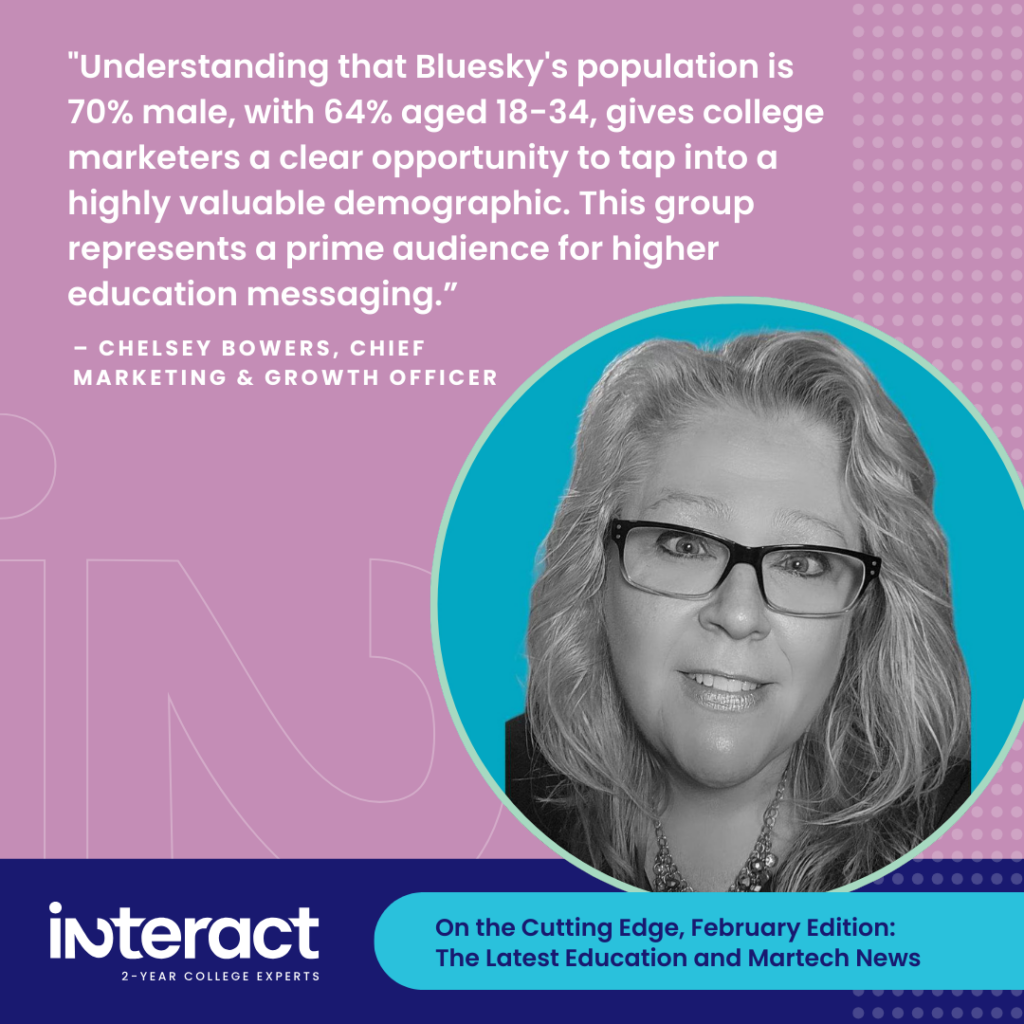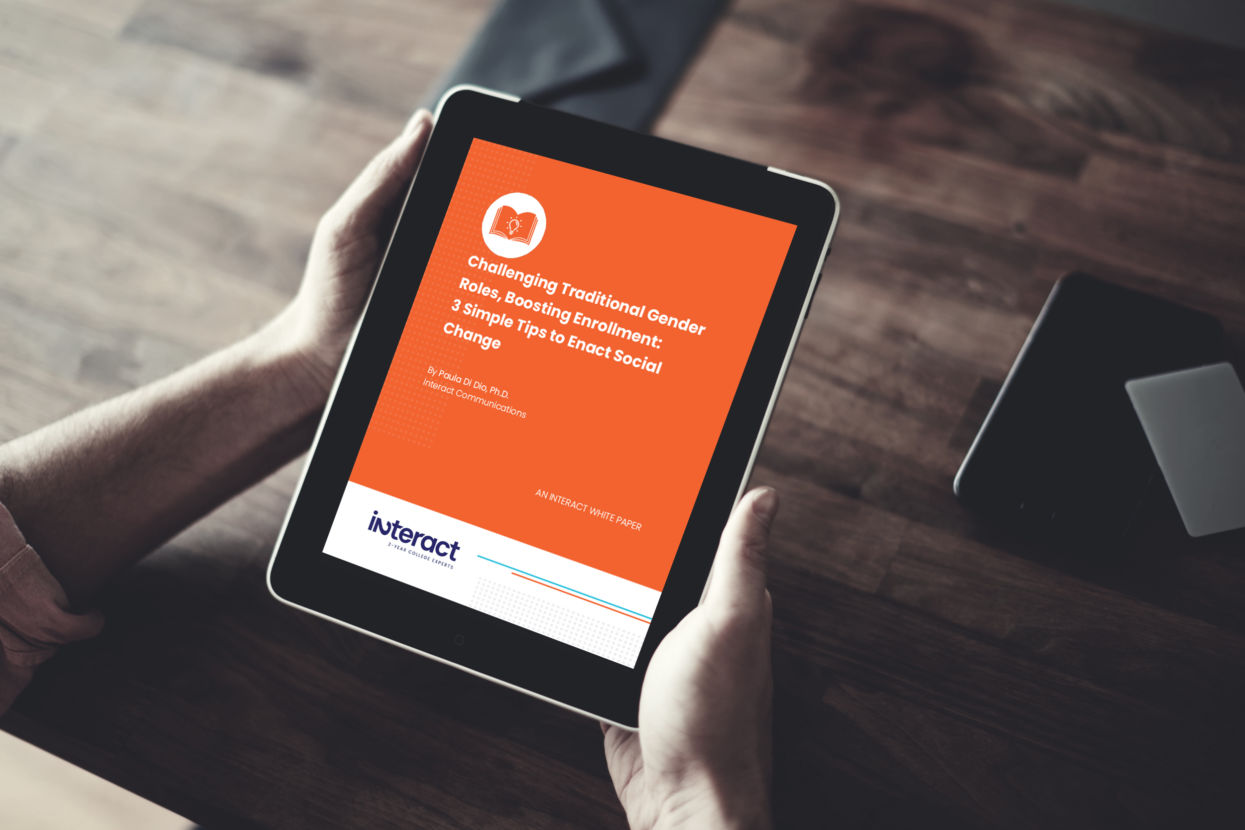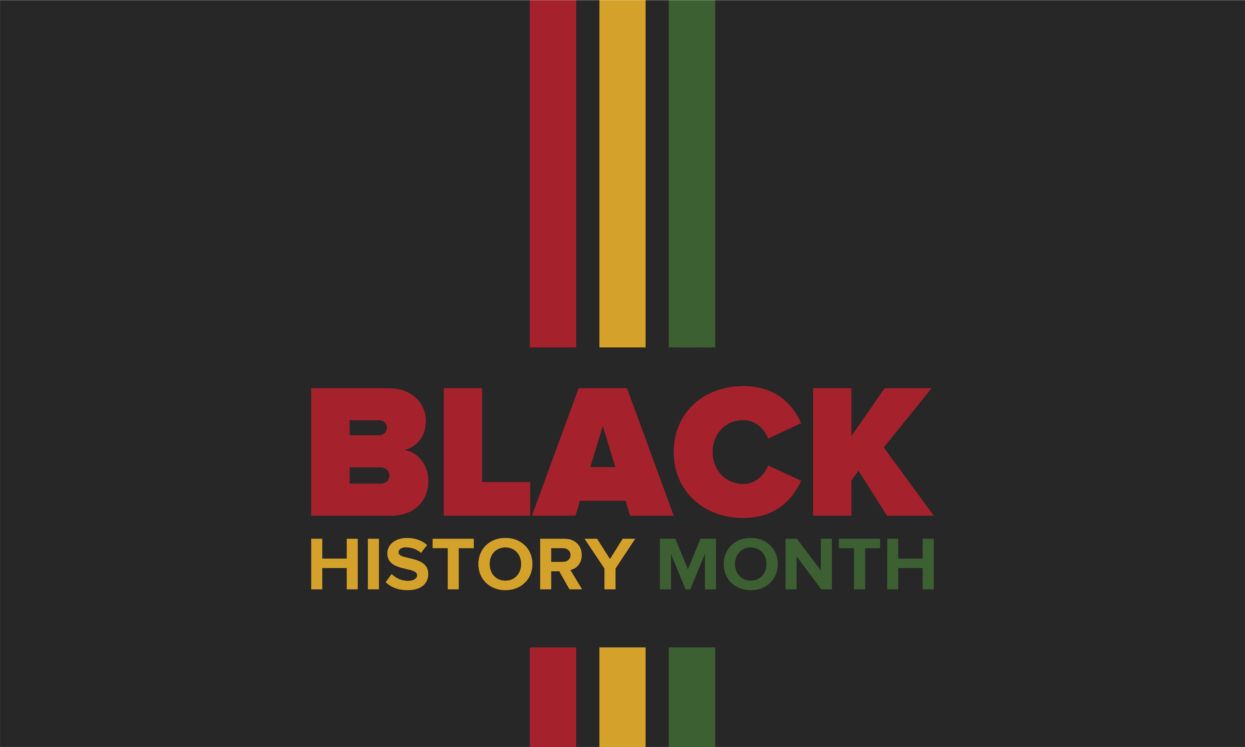Big things are happening in martech and education in the new year. Get ready to catch all the top headlines you don’t want to miss:
Martech News
What You Need to Know About AI and Email Marketing

Is AI revolutionizing email? Experts seem to think so, but they have some caveats. While it’s true AI can help brands balance personalization and customer journeys through machine learning and generating content, there are some pitfalls. For example, data errors can derail your efforts. Plus, you definitely don’t want to overdo personalization:
“Brands absolutely need to be mindful of what data they are using to personalize content and how they do it,” says Chad S. White, head of research at Oracle Digital Experience Agency. “Is this data the customer knows your brand has or will they be surprised by it?”
Ultimately, the biggest concern is that brands might be using AI more to cut costs rather than to improve content relevance.
Top Media Advertising Trends to Watch for in 2025

The marketing organization WARC recently released “The Future of Media 2025” report, outlining top media planning and advertising trends. While worldwide advertising spending crested at more than $1 trillion last year, that number is projected to grow by more than 10%. In fact, over the last decade, global ad spending has more than doubled. The report looks at new marketing options and how the search giant Google is being challenged by social media platforms, the emerging source for younger consumers.
“As spend and sentiment shifts to channels like social, influencers, podcasts, and gaming, new tactics for brand building are emerging,” states the Martech Cube. “Advertisers are adapting campaigns for platforms where attention is more fleeting, and lots of little exposures need to work together to improve brand outcomes.”
Read more on the Martech Cube.
Critical Marketing Tips to Augment AI with Critical Thinking

By balancing AI tools with critical thinking skills, marketers can glean the best of both worlds — and avoid the pitfalls. For example, AI has been programmed with fast “system 1” thinking, similar to a gut feeling. In contrast, human thinking is “system 2,” which requires focused attention and effort, or critical thinking. Over-reliance on AI without engaging “system 2” or critical thinking might put users at risk of making egregious mistakes:
“Combine all of these factors, and it could point to a massive wave of ‘group thinking’ marketers that either lose the ability to think creatively and/or strategically or eliminate it completely because they are wired to trust AI,” writes founder and CEO of Carbon Design Scott Gillum. “Going faster and creating more noise in the market is not a strategy that will win.”
Keep an Eye on Bluesky

Alternative social media platforms like Mastodon, Post, and Spill have surged in recent years. And while Meta’s Threads boasts a hefty 275 million monthly active users, Bluesky shouldn’t be discounted. As of this January, the platform busted through the 25 million user mark. The app is open source, which means the company is transparent about its developments. While the platform started as a Twitter side project and works like a stripped-down X, it is now an independent public benefit corporation. It’s true that Bluesky does not currently support ads, but that could change in the future. Still, as a burgeoning platform, colleges may want to experiment with organic engagement to see if their students are surfing on Bluesky.
“Is the grass greener on the other side?” posits Amanda Silberling on TechCrunch. “We’re not sure, but the sky is most certainly bluer.” Read more on TechCrunch.
“Understanding that Bluesky’s population is 70% male, with 64% aged 18-34, gives college marketers a clear opportunity to tap into a highly valuable demographic,” says our Chief Marketing and Growth Officer, Chelsey Bowers. “This group represents a prime audience for higher education messaging, making it a platform worth serious consideration in recruitment strategies.”

Education News
Apprenticeships Can Breathe New Life Into Community Colleges

At a time when potential students are weighing the value of higher education, apprenticeships are gaining in popularity for real-world skills and experience. Enter community colleges, which can play a central role in connecting students to opportunities by expanding programs in hands-on fields such as health care, technology, and manufacturing. Apprenticeships can help empower local economies, offering an alternative pathway for students to earn skills and a paycheck while in school.
“Partnerships between colleges and employers around apprenticeships offer powerful solutions,” writes Dr. Anne M. Kress, President of Northern Virginia Community College. “When educational outcomes are aligned with industry needs, these partnerships give employers direct and reliable access to emerging talent. It’s a win-win that also helps communities respond more nimbly to changing economic conditions and demands.”
New York Might Have New Free Community College

A new proposal from Governor Kathy Hochul could give NY residents ages 25 to 55 free associate degrees in high-demand fields like health care and manufacturing. If it passes, the new program could provide enrollment a much-needed shot in the arm. A similar program in nearby Massachusetts gave enrollment an annual bump of +12%.
“These are real savings for New Yorkers pursuing careers and put money back in their pockets while helping us fill these critical jobs in these essential industries,” Governor Kathy Hochul said.
Community Colleges Receive $65 Million to Boost Career Training

Talk about starting the new year off right: The U.S. Department of Labor recently announced that it will invest $65 million in community college career training in critical industries. Called the “Strengthening Community Colleges Training Grants Program,” the funding will help 18 colleges nationwide with programs in manufacturing, health care, IT, and more. Recipients include Foothill-DeAnza Community College District in California and five Hispanic-serving colleges to increase career opportunities for historically underrepresented students.
U.S. Secretary of Labor Julie Su said, “This is how we fundamentally shift workforce training programs to better invest in improving the lives of America’s workers.”
Math Scores Decline for U.S. Students

In the latest Trends in International Mathematics and Science Study, scores for U.S. fourth and eighth graders drastically dipped to 1995 levels, when the test was first given. For fourth graders, the decline in scores was due to struggling students in the 25th percentile, while eighth graders saw declines for both high- and low-performing students. Overall, boys scored higher than girls, revealing a widening gender disparity.
“This is alarming,” said Dr. Peggy Carr, National Center for Education Statistics Commissioner. “These are sharp, steep declines.”
Read more on the New York Times.
That’s the skinny for this month. Stay tuned for more headlines next month in Interact’s cutting-edge content!
Want to keep reading? Check out last month’s headlines for more!



